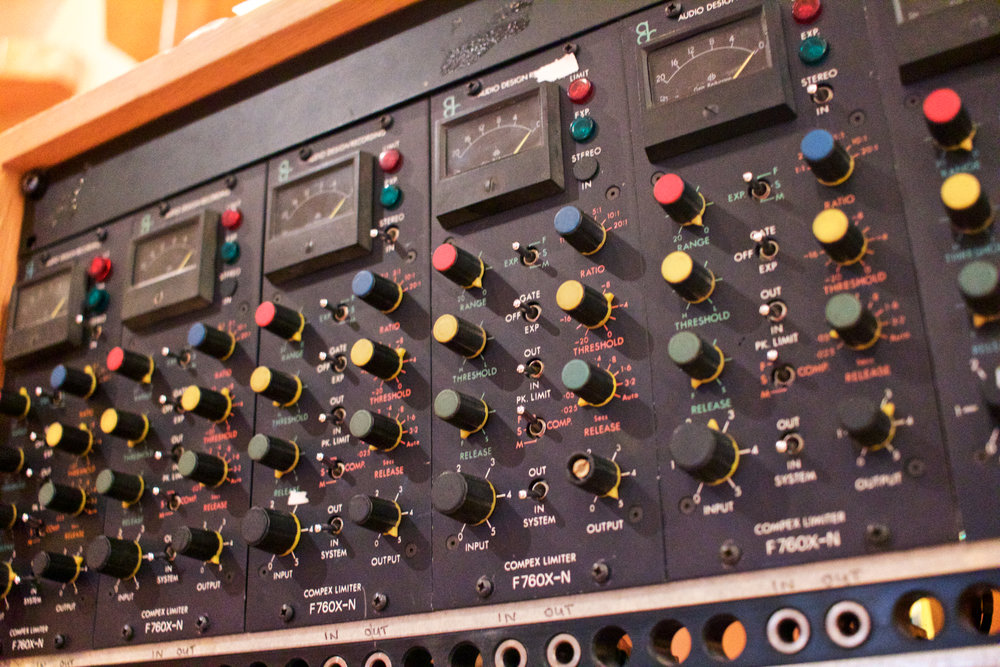How to Use Serial Compression in Pro Tools

In this video, Grammy Award-winning recording engineer and Dark Horse Institute instructor, Steve Lamm, shows you how to control high-decibel levels using serial controls in Pro Tools.
What Is Serial Compression?
Serial compression in Pro Tools creates a smoothing affect for loud sound, which can be a challenge to achieve when you are compressing uneven material with extreme highs and lows such as vocal tracks. This process is applied by placing two or more compressors in a row. The type of controls and functionality are as follows:
- Threshold lets you know it’s blaring.
- Ratio informs you how much to turn the volume down when it’s over the threshold.
- Attack and Release alerts you how long to wait before stopping.
- Makeup Gain allows you to compensate for heavy compression settings, where the volume is being turned down frequently.
The Set Up
The first compressor should be in fast-attack mode to clip the loudest peaks of the signal. Find those peak parts in your audio then set it up on a fast-attack time, usually one millisecond or less. Next, choose a high ratio, approximately 12:1, so that it’s only knocking back the loudest peaks at two to three decibels. The second compressor should have a slower attack time. This should be set to approximately 10 milliseconds.
Keep in mind that the first compressor set on the loudest and fastest peaks will be transparent. However, the second compressor will pull in the overall average that remains, for a very smooth sound overall. The end result is a natural sounding compression with the audio signal maintaining a consistent decibel level. It should have little to no dynamics or any substantial artefacts remaining.
The greatest benefit of serial compression is tantamount to having two recording engineers working in conjunction with each other for control of the overall volume of the track. Experiment and take advantage of this convenient technique to ensure you achieve optimal output.
As always, remember to trust your instincts first when it comes to sound. Your ears are your best tools.

